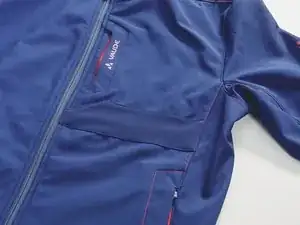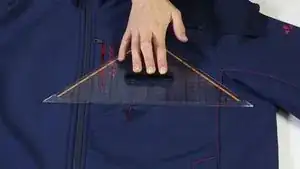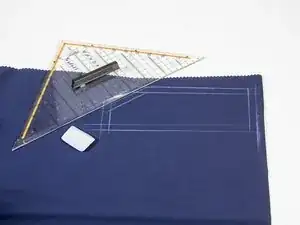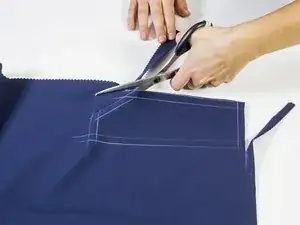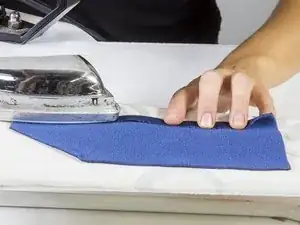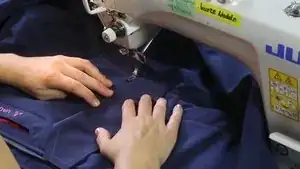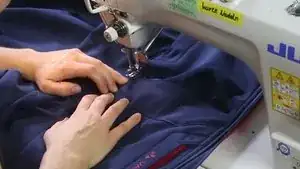Introduction
Elbows and knees are classic areas of wear on garments. With the right fabric patch, you can hide the damage and make your product look great again. If you don’t have the same color as the garment for your patch, a contrasting color can also create an optical highlight. You can also use the same type of repair for a tear. In this example, we’ll show you how to do it.
Tools
Parts
-
-
Using a piece of tailor’s chalk, outline the size of the patch you’ll need to fully cover the area.
-
-
-
Fold over the seam allowance on the patch and iron it down – this will help with sewing the patch on.
-
-
-
Lay the patch on the marked line and top stitch it to the fabric close to the edge of the patch.
-
-
-
Use a top stitch to sew around the patch, locking off the first and last stitches by stitching back and forth a few times.
-
Done! You made it.
